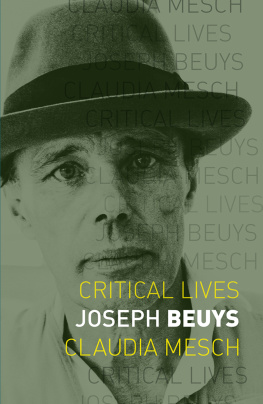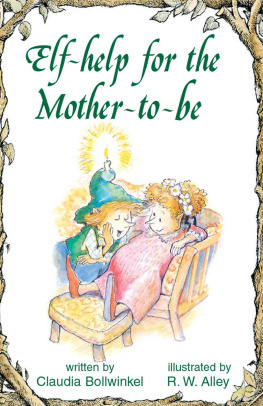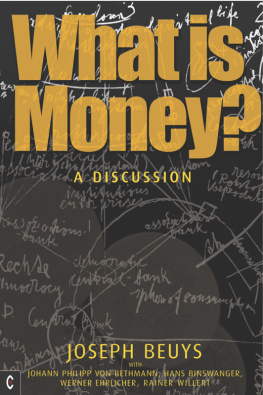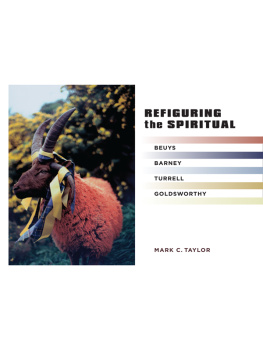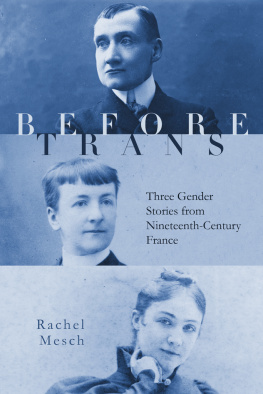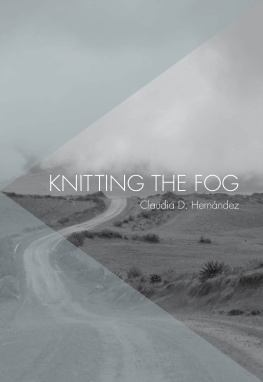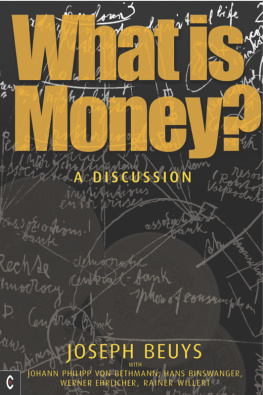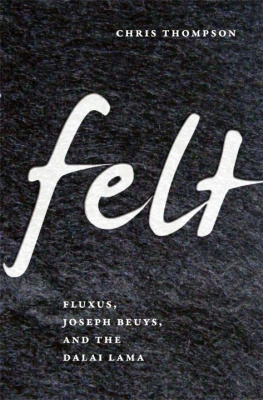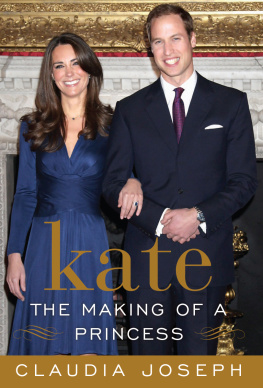Claudia Mesch - Joseph Beuys
Here you can read online Claudia Mesch - Joseph Beuys full text of the book (entire story) in english for free. Download pdf and epub, get meaning, cover and reviews about this ebook. publisher: Reaktion Books, genre: Science. Description of the work, (preface) as well as reviews are available. Best literature library LitArk.com created for fans of good reading and offers a wide selection of genres:
Romance novel
Science fiction
Adventure
Detective
Science
History
Home and family
Prose
Art
Politics
Computer
Non-fiction
Religion
Business
Children
Humor
Choose a favorite category and find really read worthwhile books. Enjoy immersion in the world of imagination, feel the emotions of the characters or learn something new for yourself, make an fascinating discovery.
- Book:Joseph Beuys
- Author:
- Publisher:Reaktion Books
- Genre:
- Rating:4 / 5
- Favourites:Add to favourites
- Your mark:
- 80
- 1
- 2
- 3
- 4
- 5
Joseph Beuys: summary, description and annotation
We offer to read an annotation, description, summary or preface (depends on what the author of the book "Joseph Beuys" wrote himself). If you haven't found the necessary information about the book — write in the comments, we will try to find it.
Joseph Beuys — read online for free the complete book (whole text) full work
Below is the text of the book, divided by pages. System saving the place of the last page read, allows you to conveniently read the book "Joseph Beuys" online for free, without having to search again every time where you left off. Put a bookmark, and you can go to the page where you finished reading at any time.
Font size:
Interval:
Bookmark:

Joseph Beuys

Titles in the series Critical Lives present the work of leading cultural figures of the modern period. Each book explores the life of the artist, writer, philosopher or architect in question and relates it to their major works.
In the same series
Antonin Artaud David A. Shafer
Roland Barthes Andy Stafford
Georges Bataille Stuart Kendall
Charles Baudelaire Rosemary Lloyd
Simone de Beauvoir Ursula Tidd
Samuel Beckett Andrew Gibson
Walter Benjamin Esther Leslie
John Berger Andy Merrifield
Joseph Beuys Claudia Mesch
Jorge Luis Borges Jason Wilson
Constantin Brancusi Sanda Miller
Bertolt Brecht Philip Glahn
Charles Bukowski David Stephen Calonne
Mikhail Bulgakov J.A.E. Curtis
William S. Burroughs Phil Baker
John Cage Rob Haskins
Albert Camus Edward J. Hughes
Fidel Castro Nick Caistor
Paul Czanne Jon Kear
Coco Chanel Linda Simon
Noam Chomsky Wolfgang B. Sperlich
Jean Cocteau James S. Williams
Salvador Dal Mary Ann Caws
Guy Debord Andy Merrifield
Claude Debussy David J. Code
Gilles Deleuze Frida Beckman
Fyodor Dostoevsky Robert Bird
Marcel Duchamp Caroline Cros
Sergei Eisenstein Mike OMahony
Michel Foucault David Macey
Mahatma Gandhi Douglas Allen
Jean Genet Stephen Barber
Allen Ginsberg Steve Finbow
Ernest Hemingway Verna Kale
Derek Jarman Michael Charlesworth
Alfred Jarry Jill Fell
James Joyce Andrew Gibson
Carl Jung Paul Bishop
Franz Kafka Sander L. Gilman
Frida Kahlo Gannit Ankori
Yves Klein Nuit Banai
Arthur Koestler Edward Saunders
Akira Kurosawa Peter Wild
Lenin Lars T. Lih
Stphane Mallarm Roger Pearson
Gabriel Garca Mrquez Stephen M. Hart
Karl Marx Paul Thomas
Henry Miller David Stephen Calonne
Yukio Mishima Damian Flanagan
Eadweard Muybridge Marta Braun
Vladimir Nabokov Barbara Wyllie
Pablo Neruda Dominic Moran
Georgia OKeeffe Nancy J. Scott
Octavio Paz Nick Caistor
Pablo Picasso Mary Ann Caws
Edgar Allan Poe Kevin J. Hayes
Ezra Pound Alec Marsh
Marcel Proust Adam Watt
John Ruskin Andrew Ballantyne
Jean-Paul Sartre Andrew Leak
Erik Satie Mary E. Davis
Arthur Schopenhauer Peter B. Lewis
Adam Smith Jonathan Conlin
Susan Sontag Jerome Boyd Maunsell
Gertrude Stein Lucy Daniel
Igor Stravinsky Jonathan Cross
Pyotr Tchaikovsky Philip Ross Bullock
Leon Trotsky Paul Le Blanc
Richard Wagner Raymond Furness
Simone Weil Palle Yourgrau
Tennessee Williams Paul Ibell
Ludwig Wittgenstein Edward Kanterian
Virginia Woolf Ira Nadel
Frank Lloyd Wright Robert McCarter
Joseph Beuys
Claudia Mesch
REAKTION BOOKS
For Francisco J. Solis
Published by
REAKTION BOOKS LTD
Unit 32, Waterside
4448 Wharf Road
London N1 7UX, UK
www.reaktionbooks.co.uk
First published 2017
Copyright Claudia Mesch 2017
All rights reserved
No part of this publication may be reproduced, stored in a retrieval system or transmitted, in any form or by any means, electronic, mechanical, photocopying, recording or otherwise, without the prior permission of the publishers
Page references in the Photo Acknowledgments
match the printed edition of this book.
Printed and bound in Great Britain by Bell & Bain, Glasgow
A catalogue record for this book is available from the British Library
eISBN: 9781780237824
Contents
Introduction
This book considers the life, art and performances of Joseph Beuys, the most important and controversial German artist of the late twentieth century. Beuys is undoubtedly the most problematic contemporary artist for post-war and post-reunification Germany. More so than any other artist, his persona and art is tightly interwoven with Germanys fascist past. He has been both canonized and excoriated in the Beuys-biography industry: since his death, more than six separate biographies or self-declared exposs have appeared on the artist, with many appearing in English translation.
Beuys the person continues to generate outrage and repudiation, even as the Federal Republic embarks on a new era as a key member of the European Union. Many Germans simply want to be done with Beuys the person the eternal Hitler youth, as the critic Beat Wyss has called him. Beuys the artist, and the individual artworks that comprise his oeuvre, are usually of lesser interest for laypeople, and even for many art critics. As is generally the case when the non-specialist confronts challenging contemporary art, Beuyss art remains too difficult for many to interpret or affix meaning to beyond the Beuys legend. His sculptures, objects, multiples and performances are ignored or are declared incomprehensible in favour of withering scrutiny or dismissal of Beuyss own statements about art, politics, or much of anything else. And, as during his lifetime Beuys seemed to have been an inexhaustible lecturer, commentator and even conversationalist regarding his own art and world-views, there is a trove of material for debunkers of Beuys the person to work with. For others, the artist and the art are of more interest than the person. Yet Beuys certainly opened himself to the biographical slant many informed viewers attribute to his work, as for a time he emphasized the centrality of what he called his own key experiences to the understanding of his art. In addition to the by-now clichd materials of fat and felt that Beuys loaded with resonances of his legend and that he used widely in his oeuvre, numerous Beuys artworks are autobiographical in content in that they deal with the key experiences he described. The most fantastic of these, his self-woven legend of rescue and redemption, still strikes many as a highly inappropriate or offensive fantasy, or even an outright lie, located as it is in the harrowing context of the Second World War as it was lived by a German soldier or Nazi. Some suggest he merely lifted his legend from the pages of Karl May or that he plagiarized many of his artworks from other artists. The desire to expose the true Beuys is shared by many of his biographers and critics and has contributed to Beuyss afterlife.
Praise for Beuyss artwork is relatively recent. Few major institutions of art, and few influential individuals in the art world, took Beuys and his art seriously during his own lifetime. Another reason for this lag in understanding is the breadth and complexity of Beuyss artistic activities. This complexity has necessitated that scholars and curators take years to work their way through it. Beuys was a disparate intellect who worked in an anti-modern fashion across seemingly unrelated fields of art, science and spirituality. Beuyss concerns seemed scattered and appeared to change over the decades of his activity, which may have been misunderstood as indications of indecision or inconsistency.
Even as he became an international media icon by the late 1970s, Beuys continued to be subject to an unprecedented level of hostility from West German officials and from the public, which culminated in actual physical violence against his person. Several decisive moments in Beuyss career evidence the physical violence and other extreme measures that were directed towards Beuys the artist during his career in West Germany: the physical attacks upon his person that took place in a 1964 Aachen performance, and again in 1969 in West Berlin, and finally, his dismissal from a tenured academic post at the Kunstakademie Dsseldorf in 1972. (Beuys sued the state after this dismissal; he won the lawsuit and was reinstated in 1978.)
Font size:
Interval:
Bookmark:
Similar books «Joseph Beuys»
Look at similar books to Joseph Beuys. We have selected literature similar in name and meaning in the hope of providing readers with more options to find new, interesting, not yet read works.
Discussion, reviews of the book Joseph Beuys and just readers' own opinions. Leave your comments, write what you think about the work, its meaning or the main characters. Specify what exactly you liked and what you didn't like, and why you think so.

